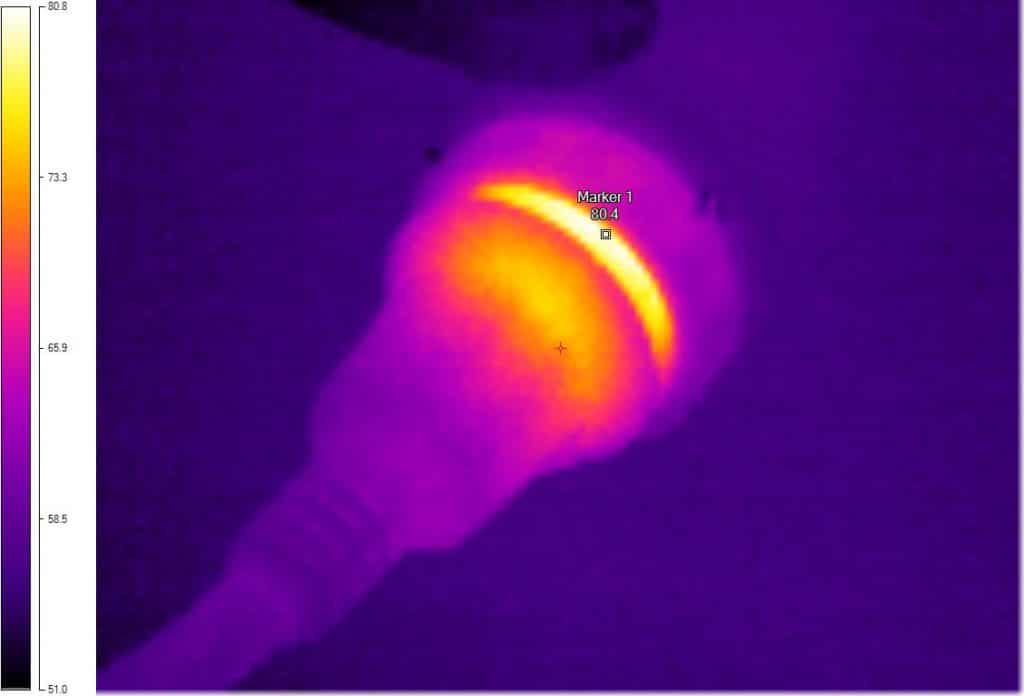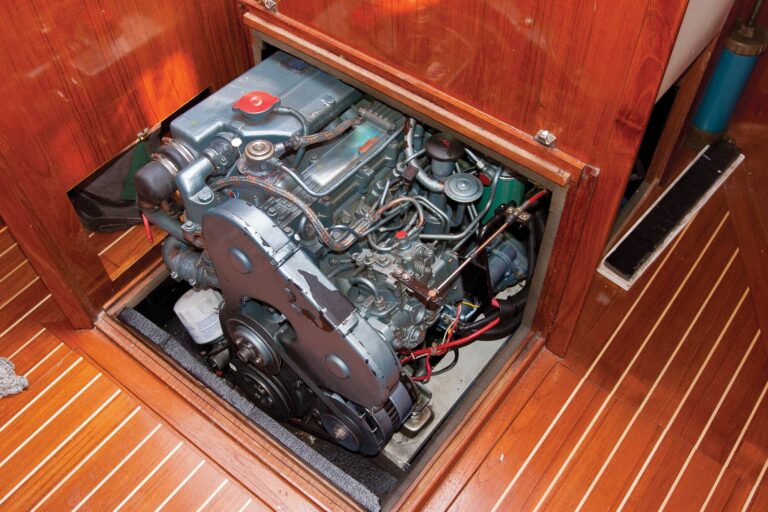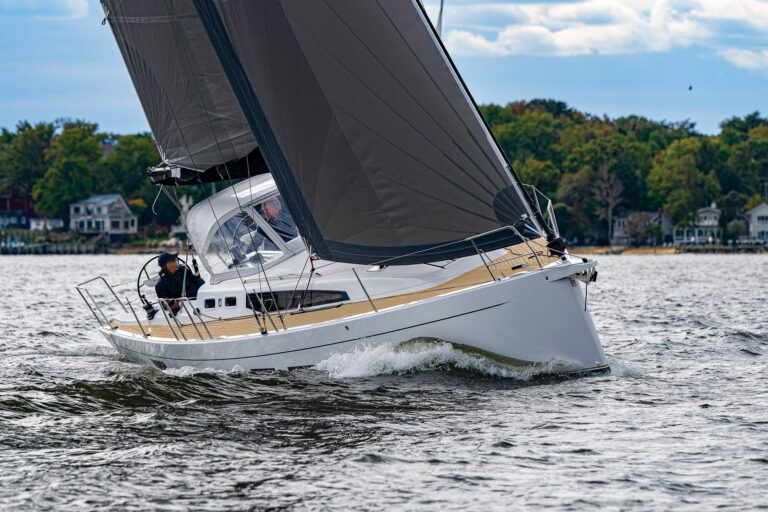
baulmanshorepowercordboatsideir_3088.jpg

30 Amp Smart Plug Assembly
Last week I found myself at one of my favorite “ends of the earth” as I often refer to such places, Astoria, Oregon. The town is somewhat notorious for several reasons. One, the entrance to the Columbia river is located here. Two, it is a major pacific port for some of the boats that you are likely to see on tv shows like the “Deadliest Catch”. they have a fisherman’s memorial right in town for all of the fiherman lost at sea that drives home the whole “deadliest” side of offshore fishing.
Astoria is also home to one of my favorite marine chandleries here in the US, Englunds. While walking the aisles I of course ended up in the electrical department and found one of the items that I have been following for the last several years, The Smart Plug.
Now the purpose of my visit to Englunds was to conduct a safety inspection course that I have developed for our friends at NOAA. We were walking the aisles looking at equipment that the students in the class would be required to inspect as part of their small boat inspection program. Of course, faulty shore power installations are among those things that require annual inspection under the NOAA mandates. So, one of the students asked a really good question, why doesn’t the ABYC allow Smart Plugs? They make so much sense after all. Good question! Easily answered, but in answering the question, the point that Standards don’t always get it right gets raised. This whole matter is one where an ancient industry Standard is now stifling technological innovation in my humble opinion.
It seems that somewhere way back when, the ABYC wisely referenced a UL Standard to apply to shore power cords. Something we at ABYC do all the time. Unfortunately the specific UL Standard has a requiremnt for a “twist lock” feature for these plug assemblies. The idea here was to require a locking method that would minimize the risk of a shore cord partially backing out of it’s socket. A good idea and certainly well meaning, but now represents “old tech”.
The sad truth is, as these plug and socket assemblies wear, the twist lock feature gets a bit sloppy and frankly just doesn’t work very well. The net result of this has been shown visually here several times, but just in case you’ve forgotten, the photo below shows what can happen….

The photo above was taken with a thermal imaging camera. The yellow glow is heat being generated. You are looking at a typical 30 amp shore cord plugged into the side of someone’s boat. As the heat builds up a fire potential is very real.
So, the Smart Plug deals with all of this rather effectively. Its got a spring loaded multi-point push lock arrangement that really does a much better job of keeping the plug in place. The plug also has watertight sealing which will help take care of the corrosion issue that is common to existing old tech assemblies.
The plug blades have much more surface contact area which will reduce electrical resistance, and remember, as I’ve said here many times before the primary by-product of electrical resistance is heat!
So where are we in the Standards compliance arena with these plugs? Well, late last year the company did gain certification and gained an ETL listing. Most readers will have no idea what that means. You are all used to seeing the “UL” listing. Guess what, the ETL listing is just as good. As for the twist lock issue, Smart Plug is still forced to use that stupid twist lock on the dock end of the shore cord for now. The company does plan to work out any additional compliance bugs during this year and hopes to be able to offer kits for retrofitting the shore end of the assemblies by the end of this year.
The bottom line here? This is a better idea in my view. Just have to get past the Standards hurdles. The National Electrical Code folks need to do a little soul searching and updating on this one in my humble opinion.
To learn more about the ETL listing process, go to: www.intertek.com
To get more detailed information about the Smart Plug, check out www.smartplug.com







